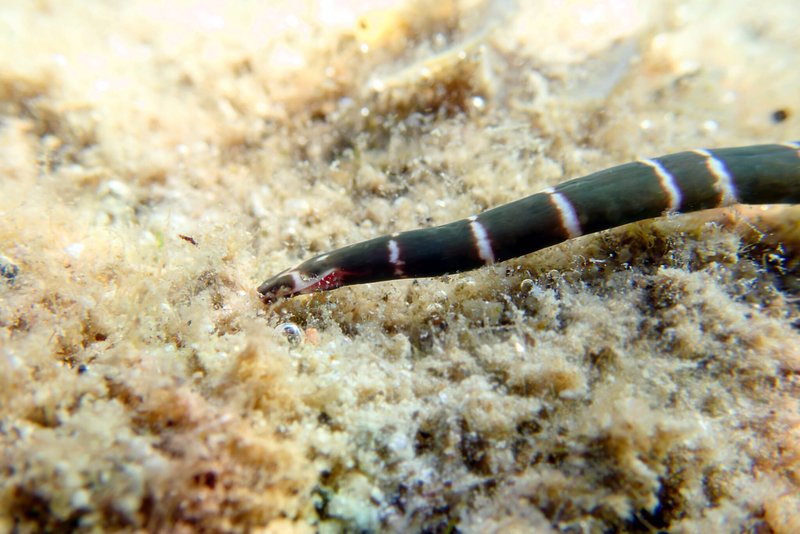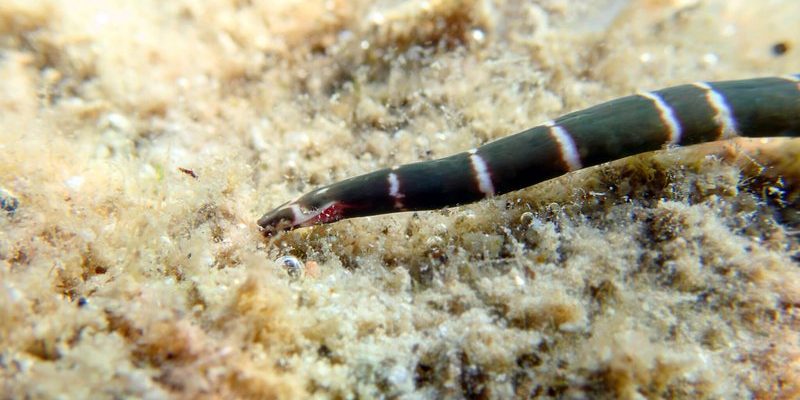
Honestly, ribbon worms are like the unsung heroes of coastal environments. Imagine a bustling city, where everyone has a job to do—some people build, others clean, and some even recycle. Ribbon worms help in similar ways, contributing to the health and stability of their watery community. But what exactly do they do, and why should we care? Let’s dive deeper to find out how these slippery invertebrates fit into the bigger picture.
What Are Ribbon Worms?
Ribbon worms, or *Nemertea*, are soft-bodied invertebrates often found in marine and sometimes freshwater environments. They can vary in size, with some measuring just a few millimeters and others stretching several meters long! Their long, flat bodies give them a ribbon-like appearance, which is how they got their name. You might find them lurking in the sediment of coastal areas or hiding among rocks.
These worms display a range of colors and patterns. Some are brightly colored, while others blend into their surroundings. This camouflage helps them evade predators, like fish and seabirds, that might want to snack on them. Imagine wearing a special outfit that allows you to disappear when danger approaches—pretty handy, right?
The Role of Ribbon Worms in Coastal Ecosystems
You might be wondering, “What do ribbon worms actually do?” Well, they are significant contributors to the ecosystem’s health. First off, ribbon worms are predators of smaller marine organisms such as crustaceans, worms, and even small fish. By controlling these populations, they help maintain balance within their community. Think of them as nature’s pest controllers.
Moreover, ribbon worms play a role in nutrient cycling. When they feed on their prey, they help break down organic matter, returning nutrients to the sediment. This nutrient recycling is essential for the growth of plants, like seagrasses and algae, that thrive in coastal waters.
Food Web Dynamics
In a coastal ecosystem, everything is connected in a web of life. Ribbon worms fit into this web as both predators and prey. They provide food for larger fish and other predators, making them a vital part of the food chain. When larger animals feast on ribbon worms, it helps to sustain their populations, contributing to healthier ecosystems.
But here’s the thing: if ribbon worm populations decline, it can lead to overpopulation of their prey. This imbalance can have ripple effects, impacting not just fish populations but also other marine life that relies on a balanced ecosystem. So when we think about ocean health, we can’t overlook the importance of these ribbon-like creatures.
Habitat and Distribution
Ribbon worms thrive in various coastal habitats, including sandy and muddy bottoms, rocky shores, and estuaries. You can often find them burrowing into sediment, where they feel safe and can hunt for food. They prefer places with plenty of organic matter, as it provides both food and hiding spots.
Their distribution spans across the globe, from shallow tidal pools to deeper oceanic waters. Some species are even found in brackish waters where rivers meet the sea. This adaptability allows ribbon worms to occupy multiple niches in coastal ecosystems, further cementing their importance in marine biodiversity.
Threats to Ribbon Worm Populations
Unfortunately, like many marine organisms, ribbon worms face threats from human activities. Pollution, habitat destruction, and climate change are significant challenges that can impact their populations. For instance, coastal development can destroy their habitats, making it harder for them to find shelter and food.
Additionally, rising ocean temperatures and changing salinity levels can disrupt their reproductive cycles and overall health. If these threats continue unchecked, we could see declines in ribbon worm populations, which may lead to larger ecological imbalances. It’s a reminder that our actions on land can ripple down into the ocean—a delicate balance we all share.
Research and Conservation Efforts
Conservation efforts are essential to protect ribbon worms and their habitats. Scientists study these creatures to better understand their roles in ecosystems and how they respond to environmental changes. By monitoring ribbon worm populations, researchers can assess the health of coastal environments and identify areas in need of protection.
Local organizations and marine conservation groups are also working to preserve coastal habitats. Initiatives, such as restoring seagrass beds and protecting estuaries, can help maintain healthy environments for ribbon worms and countless other species. Supporting these efforts can make a difference in the health of our oceans.
So, do ribbon worms play a role in coastal ecosystems? Absolutely! These slimy, ribbon-like creatures are essential in maintaining the balance of marine life. From controlling prey populations to recycling nutrients, they contribute significantly to the health of coastal environments. However, they face threats from pollution and habitat destruction, reminding us that even the smallest creatures can impact larger ecological networks.
The next time you visit the beach, take a moment to think about the hidden worlds beneath the waves. Ribbon worms, along with many other creatures, are working hard to keep our oceans thriving. By understanding their role, we can appreciate the importance of preserving our coastal ecosystems for future generations.

